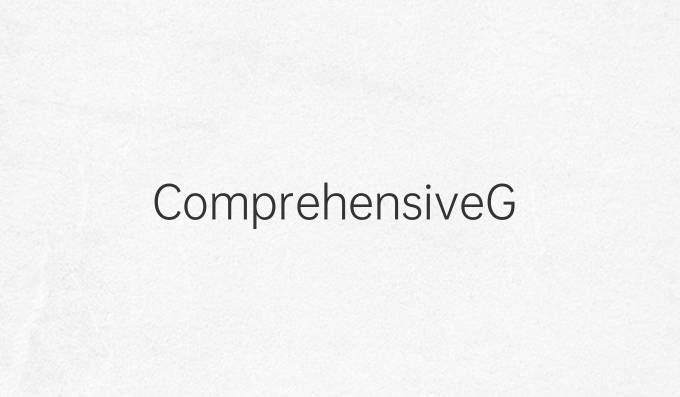
4007-702-802
Follow us on:



The source of the article:ManLang Publishing date:2024-07-24 Shared by:

Abstra: This article serves as a comprehensive guide to website development and construion, covering essential aspes of planning, designing, developing, and maintaining websites. It begins with an exploration of the planning phase, where crucial decisions are made regarding goals, target audience, and features. Following this, the design phase is discussed, emphasizing user experience, interface design, and visual aesthetics. The development phase covers the technical implementation using various technologies and frameworks. Lastly, the article delves into the importance of ongoing maintenance and updates to ensure a website remains funional and secure over time.
In the planning phase of website development, the initial steps are critical for setting the foundation of a successful proje. This phase involves defining the website's purpose and goals, which are essential for aligning development efforts with business objeives. Stakeholder meetings and brainstorming sessions help in gathering requirements and understanding the target audience.

Moreover, planning includes creating detailed documentation such as proje scopes, timelines, and budgets. This documentation serves as a roadmap throughout the development process, ensuring that all stakeholders are on the same page regarding expeations and deliverables.
Furthermore, the planning phase addresses technical considerations such as choosing the right web hosting platform, domain name registration, and establishing a content management system (CMS) if applicable. These decisions lay the groundwork for a scalable and funional website.
The design phase focuses on creating an intuitive and visually appealing user interface (UI) and user experience (UX). This involves wireframing and prototyping to visualize the layout and funionality of the website before any coding begins.
UI design elements such as typography, color schemes, and imagery are carefully seleed to refle the brand identity and appeal to the target audience. Simultaneously, UX design ensures that the website is easy to navigate, with intuitive user flows and interaive elements that enhance engagement.
Iterative design processes involving feedback from stakeholders and usability testing help refine the design to meet both aesthetic and funional requirements. Accessibility considerations are also integrated to ensure the website is usable by individuals with disabilities.
The development phase involves turning the approved design into a funional website. Frontend development focuses on implementing the UI elements using languages like , CSS, and JavaScript, ensuring responsiveness across different devices and browsers.
Backend development involves serverside programming languages such as PHP, Python, or Ruby on Rails, depending on the proje requirements. It includes database integration, server configuration, and implementing dynamic funionality such as user authentication and content management.
Version control systems like Git are used to manage code changes, facilitating collaboration among developers and ensuring code stability. Testing and debugging are crucial steps in this phase to identify and fix any issues before the website goes live.
Once the website is launched, ongoing maintenance is essential to ensure its performance, security, and funionality. This includes regular updates to the CMS, plugins, and security patches to prote against vulnerabilities and malware.
Monitoring website analytics provides insights into visitor behavior, helping to optimize performance and improve conversion rates. Content updates such as adding new pages, blog posts, or produs keep the website relevant and engaging for users.
Additionally, scalability planning prepares the website for future growth and expansion, accommodating increased traffic and new features as the business evolves. Regular backups of website data safeguard against data loss due to technical failures or cyber attacks.
Summary: In conclusion, this guide has outlined the essential phases of website development and construion, emphasizing the importance of thorough planning, effeive design, meticulous development, and ongoing maintenance. By following these guidelines, businesses can create and maintain websites that are not only visually appealing but also funional, secure, and aligned with their strategic objeives.
Key words: Guideto GuidetoWebsite GuidetoWebsiteDevelopment
What you might be interested in
Elevating Brand Engagement: Mastering Content Marketing Strategies for Modern Businesses
2025-07-28Unlocking SEO Success: Essential Keyword Analysis Strategies to Boost Your Online Visibility and Dri
2025-07-28Unlocking the Secrets of Content Marketing: Key Charaeristics that Drive Engagement and Success
2025-07-28Enhancing Educational Conneivity: A Comprehensive Guide to Building Effeive University Websites
2025-07-28Understanding SEO and SEM: Key Differences and Strategies for Digital Marketing Success
2025-07-28Maximize Your Online Presence: Expert SEM Account Management Services for Business Growth
2025-07-28Seamless Integration: Elevating Brand Success Through Comprehensive Marketing Strategies
2025-07-28Comprehensive Digital Marketing Strategy: Elevating Your Online Presence and Maximizing Engagement
2025-07-28What you might also be interested in
Boost Your Search Engine Ranking with Powerful SEO Strategies
2024-04-17Unlocking Online Success: Expert SEO Strategies from Our Leading Optimization Agency
2025-02-10Boost Your Websites Visibility: Expert SEO Outsourcing Services
2025-01-13Transform Your Brands Presence: Innovative Strategies from a Leading Advertising Promotion Agency
2025-01-27Mastering Web Development: A Comprehensive Guide to Creating Engaging Websites
2024-08-07